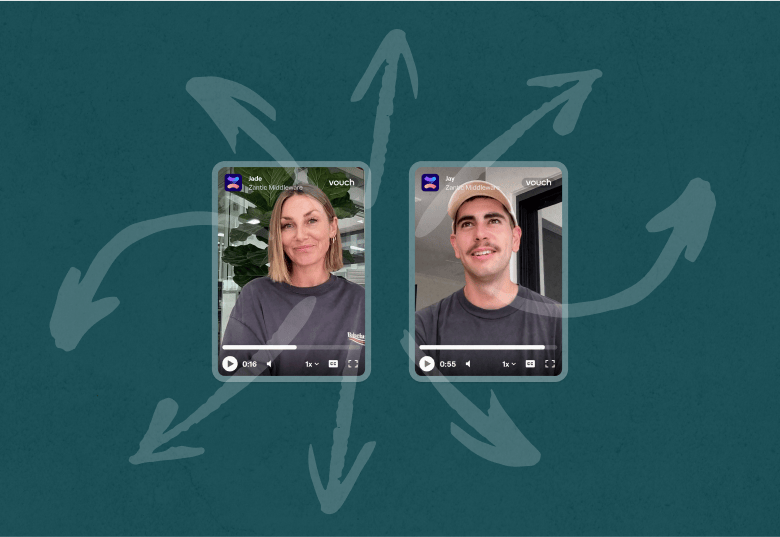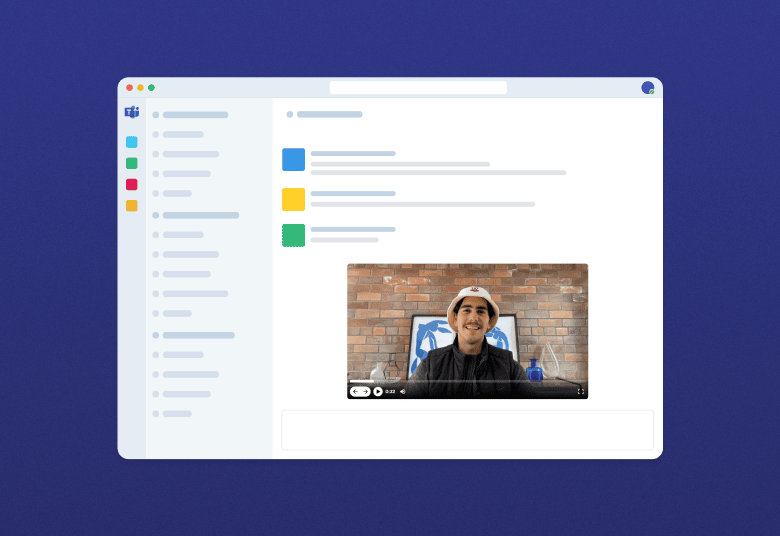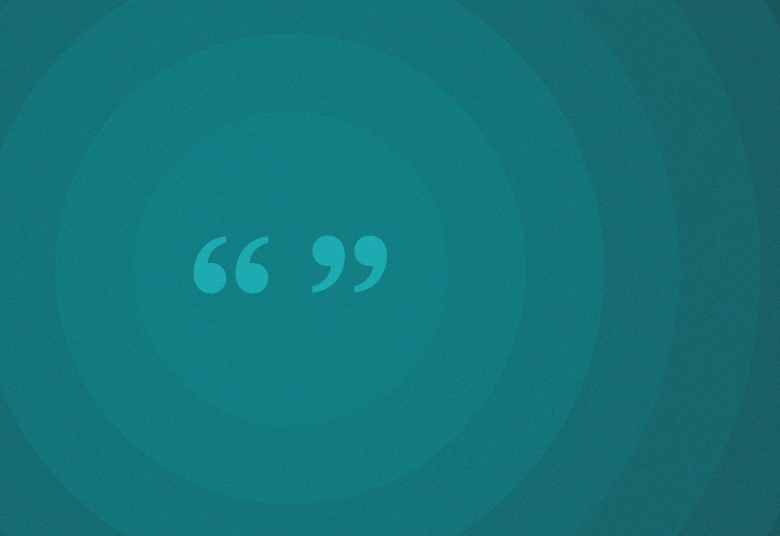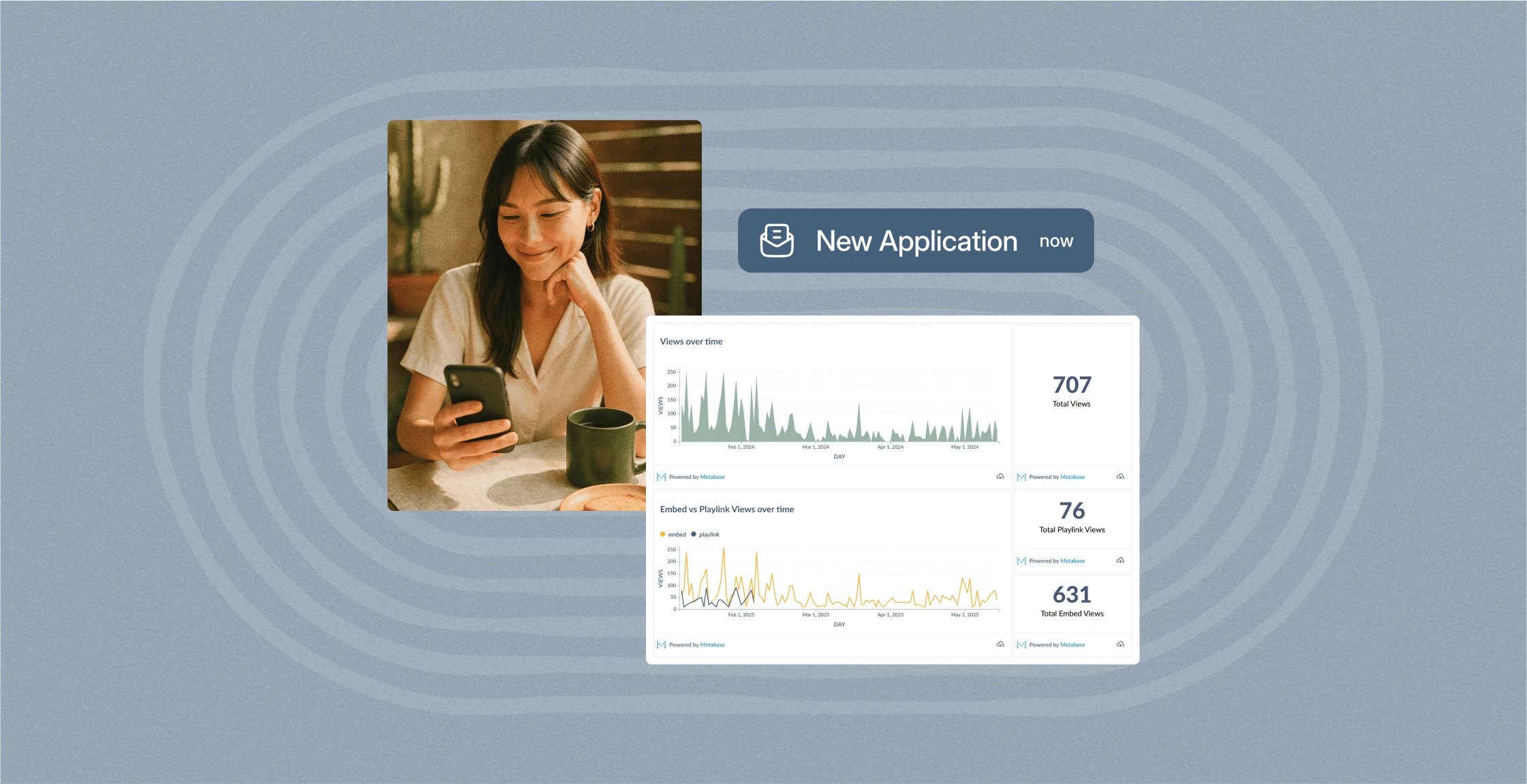
Age Diversity in the Workplace: The Key to Success in 2025
In today's workforce, age diversity is more important than ever.
In 2025, a workplace can be made up by an entire four generations working side by side.
Having a multigenerational workforce - meaning employees from different age groups can bring incredible value to your company.
However, age diversity also presents some challenges that you need to be aware of, especially with the rise of Gen Z digital natives.
In this article, we'll take a look at what age diversity means, its benefits and challenges, and how your organization can successfully manage an age-diverse team.
Let's dive in.
What is Age Diversity?
Age diversity refers to the inclusion of employees from a wide age range within the workplace.
This typically means having a multigenerational workforce, with team members spanning from Generation Z (born in the mid-1990s to early 2000s) all the way to Baby Boomers (born between 1946 and 1964) - meaning approx. 50-year difference between employees.
According to one Pew Research Center study, almost 25% of the workforce consists of employees over the age of 55, while another states that 30% are under 30.
This creates vast generational gaps, but it also opens up opportunities for knowledge transfer, mentorship, reverse mentorship and innovation.
The AI-enabled workspace for talent teams.
- Unified workspace for talent teams
- Accelerate hiring with AI tools
- Auto-generate polished hiring and employer brand content
- Easily repurpose assets across all channel
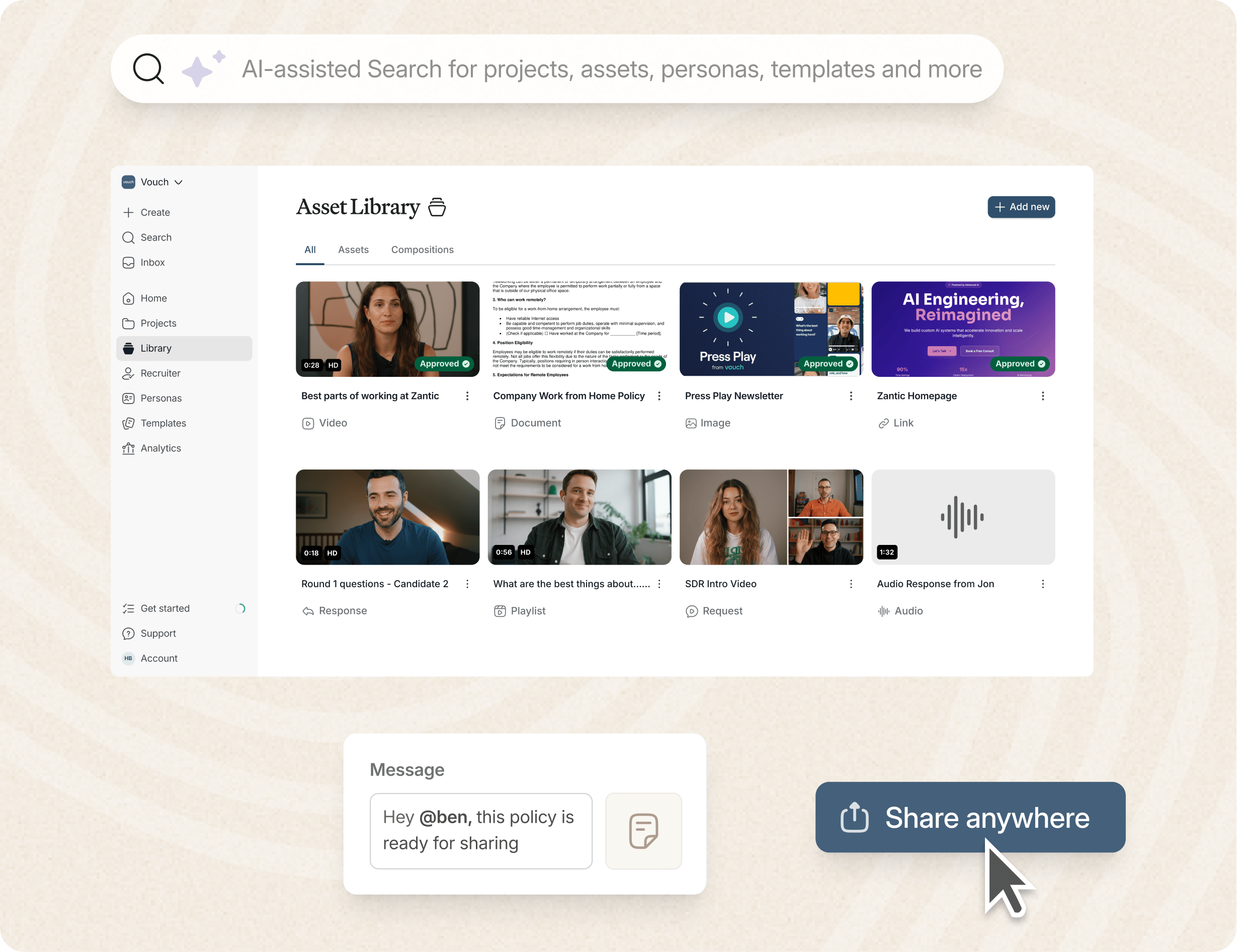
What Are The Benefits of Age Diversity?
A multigenerational team can provide a company with a wide range of life experiences, perspectives, and skills.
Let's break down some of the key benefits of age diversity:
1. Enhanced Creativity and Innovation
When teams are made up of individuals from different age groups, they bring various viewpoints to the table.
Younger employees (often referred to as digital natives) may be more familiar with the latest tech tools and social media channels, while older workers might offer insights from years of hands-on experience.
Together, these intergenerational teams can find creative solutions that homogenous teams might overlook.
2. Improved Problem-Solving
Studies show that age-diverse teams outperform age-similar teams in problem-solving tasks. Different generations approach problems with unique strategies, leading to well-rounded solutions.
According to a 2025 Harvard Business Review study, companies with age-diverse teams are 21% more likely to exceed profitability goals due to this enhanced problem-solving capability.
3. Higher Employee Satisfaction
Employees who feel part of an age-inclusive workplace report higher job satisfaction and employee engagement.
A mix of employees from different age groups can lead to a more dynamic and supportive environment, where mentorship and mutual learning create a sense of belonging.
This type of culture reduces employee turnover, saving companies money and helping maintain a more stable workforce.
4. Knowledge Transfer
One of the greatest advantages of an age-diverse workforce is the ability to pass on institutional knowledge from older to younger employees.
Seasoned employees often have a deep understanding of the business and its operations.
By promoting knowledge transfer between generations, companies can ensure that valuable information doesn't walk out the door when a senior employee retires.
What Are The Challenges of Age Diversity?
While there are many positive aspects of age diversity, there are also some potential challenges to keep in mind:
1. Communication Barriers
Generational differences in communication styles can sometimes cause friction. For instance, younger employees may prefer using digital communication tools like Slack or Microsoft Teams, while older employees might lean toward emails or face-to-face conversations. Companies must develop ways to bridge these communication gaps to ensure everyone is on the same page. This is also where tools like Vouch can help with your internal communications for employees of all ages.
2. Age Discrimination
Despite legal protections, age discrimination is still an issue in many workplaces. According to the American Association of Retired Persons (AARP), about 60% of workers aged 45 and older have reported experiencing or witnessing age discrimination. Whether it's assumptions that older workers aren't as tech-savvy or that younger employees lack experience, these negative stereotypes can harm morale and productivity.
3. Negative Attitudes or Bias
There can sometimes be negative attitudes or unconscious biases toward certain age groups. Younger employees may feel they're not taken seriously, while older employees might be sidelined in favor of newer, tech-savvy hires. This type of bias can lead to financial consequences, like higher employee turnover or legal disputes related to workplace age discrimination.
Managing Preferences: For individuals from different age groups can be a challenge for HR professionals to manage. It's essential to strike a balance between the needs of younger and older employees to avoid negative consequences like disengagement or bias. One way to address these challenges is to use an accessible workplace design with tools and resources that cater to all age groups.
Your Recruitment and Onboarding Funnel: Like managing preferences, a modern hiring funnel and talent acquisition experts often rely on digital tools and social media. By dong this however, you could be missing highly valuable, highly experienced applicants of older demographics. You need to make sure your applicant journey is easy to navigate for all, not just digital natives.
How Do You Build and Maintain an Effective Age-Diverse Workforce?
Managing a multigenerational workforce can sometimes happen naturally, and sometimes it requires intentional effort.
Here are some strategies to help foster a positive, age-inclusive workplace:
Create Development Opportunities for All Ages
Offer professional development and career opportunities to employees at every stage of their careers. Whether it's supervisory duties for a younger employee or financial incentives to retain an older worker, ensure that everyone has access to development opportunities.
Promote an Inclusive Culture
An inclusive culture means everyone, regardless of age, feels valued and supported. Encourage intergenerational teams where younger employees can learn from older colleagues and vice versa. This can help reduce any generational divide and foster teamwork.
Address Age Stereotypes
Actively combat worker stereotypes by promoting positive attitudes about all age groups. Whether it's dispelling myths about older workers' tech skills or younger employees' commitment, education is key. Conduct bias training and make sure that managers understand the importance of inclusivity.
Flexible Work Arrangements
Offer flexible work options, like part-time roles or remote work, to accommodate the diverse needs of your workforce. For mature workers, this might help ease the transition into retirement, while younger employees may appreciate the work-life balance it offers.
Encourage Knowledge Transfer
Set up formal mentorship programs where seasoned workers can share their expertise with younger employees. This can also help develop leadership skills among younger staff, ensuring they're ready to step into more senior roles in the future.
Case Study: Age Diversity in Action
A great example of age diversity working in practice comes from Deloitte, a global consulting firm.
Deloitte has actively pursued age-diverse workforces by promoting cross-generational collaboration. In 2023, the company launched an initiative to pair seasoned workers with digital natives on key projects.
This initiative led to a increase in project efficiency and a decrease in employee turnover.
Older employees reported feeling valued for their experience, while younger employees gained critical insights into the industry's history and operational complexities. Deloitte's success demonstrates how fostering an age-diverse team can have a positive impact on overall company performance.
What Are Some Statistics on Age Diversity?
Here are five key statistics on age diversity in the workplace based on data and studies from LinkedIn:
- Multigenerational Workforces: As of 2021, LinkedIn found that 70% of organizations reported a workforce that spans at least three generations. This includes Baby Boomers, Gen X, Millennials, and even Gen Z entering the workforce.
- Perception of Age Diversity Importance: LinkedIn's Global Talent Trends report highlights that 56% of employees believe age diversity is very or extremely important for their workplace's success.
- Generational Preferences for Flexibility: According to LinkedIn, 61% of Baby Boomers prioritized flexible work arrangements, compared to 53% of Millennials, showing that flexible work preferences are common across age groups, but slightly higher among older employees.
- Age Bias in Hiring: LinkedIn data shows that 40% of workers over the age of 40 feel they have faced age discrimination during the hiring process, indicating a significant challenge in ensuring equitable hiring practices.
- Job Transitions Across Age Groups: Younger generations are more likely to switch jobs more frequently. LinkedIn reports that Millennials change jobs about every 2-3 years, whereas Gen X and Baby Boomers tend to stay with companies for longer periods, highlighting differences in career mobility.
These statistics demonstrate the increasing awareness and importance of age diversity, as well as the challenges related to biases and generational differences in workplace expectations.
FAQs
What is age diversity in the workplace?
Age diversity refers to having a mix of employees from different generations in the workforce.
Why is age diversity important?
Age diversity brings a range of perspectives, improves problem-solving, and supports knowledge transfer between generations.
What are the challenges of managing an age-diverse team?
Common challenges include communication barriers, age discrimination, and managing differing work styles.
How can companies promote age diversity?
Companies can create inclusive policies, offer flexible work arrangements, and encourage mentorship across generations.
What are the benefits of age diversity?
Some key benefits include higher job satisfaction, enhanced creativity, and lower employee turnover.
What is age discrimination?
Age discrimination occurs when an employee is treated unfairly due to their age, often impacting older workers.
How does age diversity affect team performance?
Age-diverse teams tend to have improved problem-solving abilities and can drive innovation through a variety of perspectives.
Conclusion
It's clear that having an age diverse workplace is a powerful asset, where you can leverage the strengths of employees of all ages, bringing together a range of perspectives, experiences, and skills from different generations.
You can enhance creativity, problem-solving, and knowledge transfer.
To successfully manage an age-diverse workforce, you must however, build an inclusive culture that addresses stereotypes - and that's where tools like Vouch can help you to better get to know your employees, and help your teams get to know each other too.
Vouch Can Help Bring Your Team Together
Loved by companies like Canva, Nike, Cisco, HubSpot, Amazon, and more, tools like Vouch make leveraging video and making age diversity in your workplace much easier.
Be sure to book a Vouch demo today and chat with a video content expert.
You might also like

Elevate Your Brand Today With Vouch
Discover how Vouch can accelerate talent acquisition while helping you stay on-brand.



